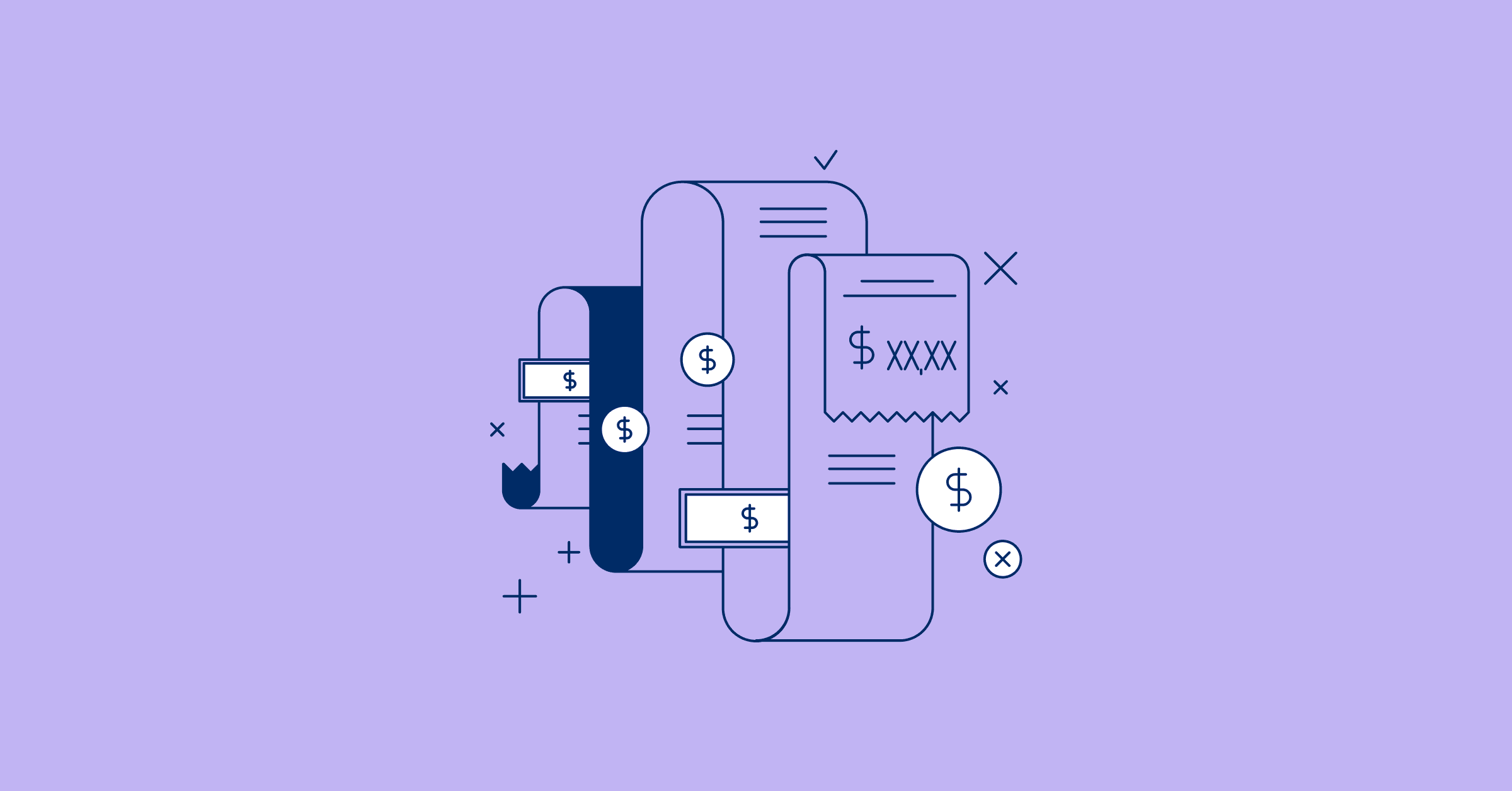November 03, 2022
Measuring The Efficiency Of A Business – 10 Metrics To Get You Started

Sign up for our newsletter
Stay informed with the latest trends and best practices in finance and procurement.

Businesses across all industries will want to review their operational efficiency regularly to track how their business is performing. This periodic review will provide insight into what is working and what needs to be tweaked, upgraded, or replaced. Measuring the overall efficiency of an enterprise’s operations is critical to ensure it continues to be productive.
This article will cover the following topics:
- Understanding operational efficiency
- How to measure operational efficiency
- Which efficiency metrics to consider
- 10 key metrics to improve operational efficiency
How to measure operational efficiency
There are different metrics to consider regarding operational efficiency within an organization. These various measurements are referred to as operational metrics and provide information about a business’s capability to operate without a significant loss. These indicators offer an overview of how well a company performs regarding quality, productivity, efficiency, and more. It’s essential to consider using key performance indicators or KPIs to assist with determining the level of operational efficiency. KPIs can help a company know where they stand concerning cost, time, resources, and quality.
Key performance indicators (KPIs) are the specific operational metrics that allow businesses to measure whether their strategies and processes are working. Operational efficiency measures how well companies utilize their resources, functions, and systems to deliver goods and services. A lower output to input ratio indicates that a business has greater operational efficiency. The metrics and KPIs used to measure efficiency vary based on industry.
10 Efficiency Metrics
A variety of efficiency metrics can determine how well a business is functioning. Here are ten key efficiency metrics that can evaluate the health of your business.
- Operational Expenditure:Operational expenditure, or output, is one of the primary metrics used to determine operational efficiency. To find out what level of expenditure is occurring, it is helpful to obtain company expense data. Encompassed under the umbrella of operational expenditure are overhead costs, marketing, customer service, general and administrative costs, and product development expenses. For a company to experience consistent growth, as opposed to stagnation, it is essential to ensure that the operating costs decrease consistently over time. To calculate operational expenditure, use the ratio: operating expenses/revenues = x%
- Capital Expenditure:Capital expenses are significant spend events that impact the company’s financial health, including expenses such as long-term investments. Capital expenditure refers to the funds used to buy, extend, or upgrade the life of an asset. Examples of capital expenditure include software, hardware, land, property, and furniture. Monitoring and tracking capital expenditure can lend a great deal of insight into the operational wellness of a business.
- Productivity:Workplace productivity is critical to a company’s operational functioning and performance. When employees are underperforming or underutilizing their skills, it can have a reverse effect on productivity. According to data, the cost of employee turnover is exceptionally high, and employees who are drained and underperforming cost $3,400 out of every $10,000 salary. This lack of engagement can severely detract from a company’s bottom line and affect its operational efficiency.There are several ways to address lackluster performance amongst employees. Some of the methods an organization can use to improve the productivity of its workforce include:
- Reviewing and making adjustments to company culture
- Implementing programs and providing resources to improve employee wellness
- Providing adequate rest time and breaks regularly
- Employing additional training to maximize the skill set of the existing team
- ROI:When considering KPIs that demonstrate operational efficiency, return on investment (ROI) is one of the most measurable metrics that can yield the greatest insight. Whether a company has spent money on a marketing budget or invested in any other asset, it is imperative to measure the returns. Tracking data associated with the investment will provide insight into whether or not the asset has cost the company or increased profitability.
- Cost Per Acquisition:Every business must expend time or monetary resources to acquire a customer. The measurement of the cost to acquire a new customer is referred to as cost per acquisition (CPA). Suppose a company has a high cost per acquisition and the customer’s LTV provides less revenue than it costs to obtain them. In that case, this can have a significant detrimental impact on profitability. Keeping track of the CPA concerning ROI is a critical component when measuring operational efficiency in an organization. For reference: CPA = Ad campaign cost / Total number of new customers
- Cost Per Click (CPC):Cost per click (CPC) is another critical metric that, when analyzed, can yield helpful information about a company’s operational efficiency. CPC measures the cost of getting a potential customer to perform a specific action, which in this case involves clicking on a link. This metric is used when evaluating online advertising initiatives and measures the ad spend associated with the total number of link clicks. For reference:CPC = Ad spend / Total number of clicksAlthough the customer acquisition cost is intrinsically similar to the cost per click, there is a difference between the two metrics. CAC refers to the money spent to acquire a customer. In this case, a customer would be defined as someone who completed a purchase. However, CPC measures how a potential customer interacts with an ad, i.e., clicking the ad link, and does not measure whether or not they made a purchase.
- Customer LTV:Measuring a customer’s lifetime value (LTV) can provide insight into how well a business performs in the long run. Customer LTV looks at the average gross margin for each customer throughout their time spent with the company. Tracking, monitoring, and improving a customer’s LTV is critical to maintaining a highly functioning business.
- Team Effectiveness Ratio:The team effectiveness ratio measures how effective a team is at keeping operational costs low while maintaining a specific level of profitability. A smaller team effectiveness ratio indicates that an organization exhibits greater revenue generation than its expenditure level. Tracking this KPI consistently and making adjustments as necessary is one of the most effective ways an organization can improve its operational efficiency.
- Customer Satisfaction: Customer satisfaction and operational efficiency are intrinsically connected. As an organization’s operational efficiency improves, it can allocate resources to improve customer satisfaction. It helps to examine some of the primary steps that can be taken to maximize customer experience and satisfaction. Elements that can improve customer satisfaction include resolving client issues, reviewing order accuracy, reviewing call pickup time, meeting service level agreements (SLAs), and looking at abandonment rate, rework, and net promoter scores.
- Ratio of Revenue to HR Resources:Hiring and maintaining each employee takes a significant amount of resources, the tracking of which can provide key insights for any business. When implementing an effective HR efficiency strategy, it’s imperative to compare a company’s output with its HR resources. It’s necessary to track key metrics such as hours worked, headcount, time spent on lunch breaks and rest breaks, and costs for maintaining each employee. It’s also helpful to track pay rates and turnover costs, not to mention employee retention rates. With this critical information, a company can determine its level of operational efficiency as it relates to its HR processes.
Automation For Improving Operational Efficiency
One of the most effective ways to maintain operational efficiency is by utilizing automation within a business. With automation, tracking key metrics that can yield necessary data becomes simplified. An automated solution that can deliver robust, data-driven solutions is PayEm. The simple user interface and advanced data tracking capabilities offer any organization an edge when it comes to monitoring their business performance to improve the efficiency of their operations.
Having said that, PayEm goes well beyond the automation paradigm. As indicated, a big part of operational efficiency comes down to performance metric tracking. This is another area where PayEm thrives. With its insights dashboard, for instance, admin users can see ROI calculations in real-time, while also implementing spend controls based on live metric data.
Moreover, this dashboard feeds into PayEm’s existing analytics and forecasting functions, thereby making it essential for any business looking to improve its efficiency. To learn more, contact PayEm’s experts today for a commitment-free, no-cost demo of the platform.


